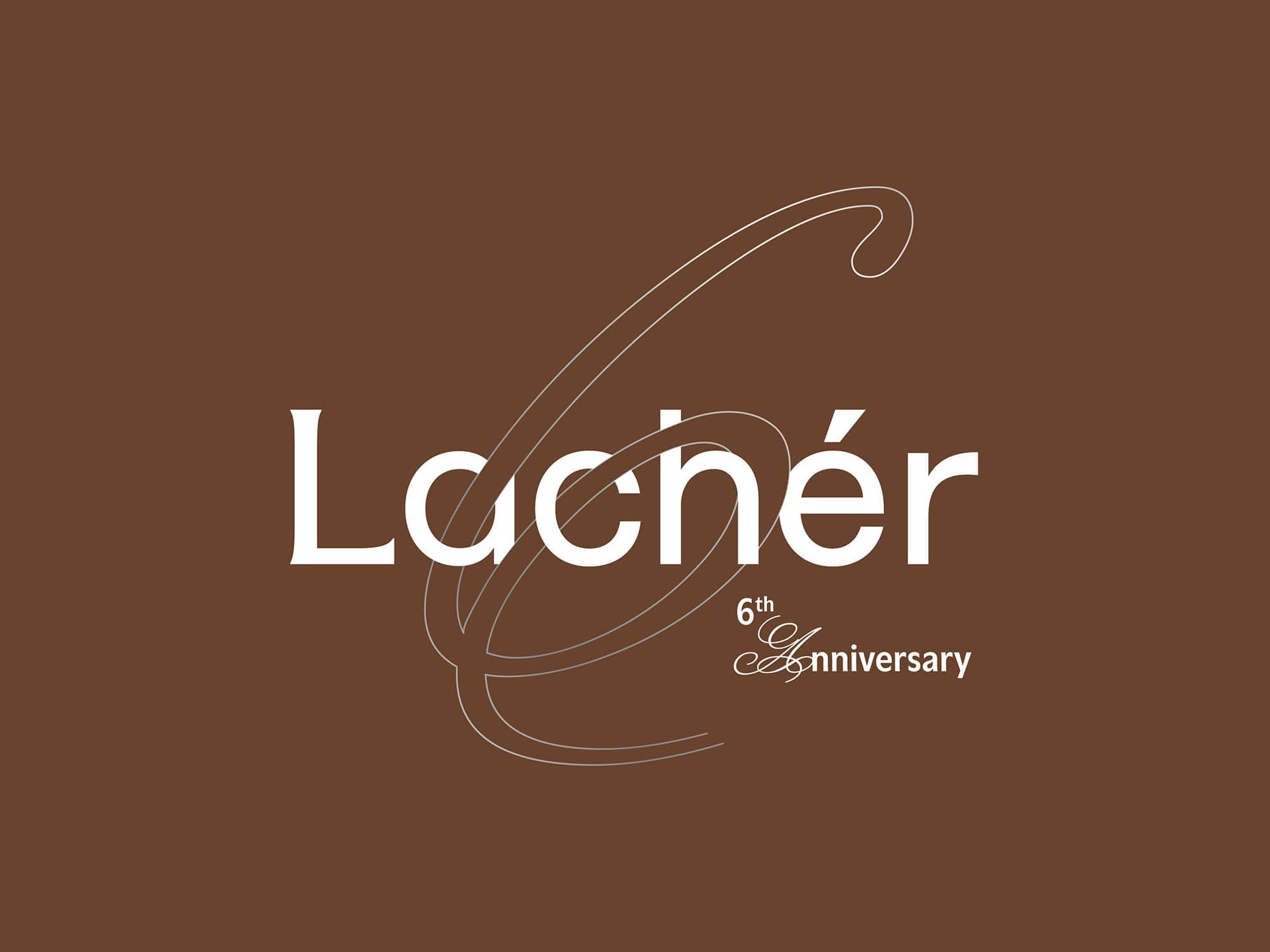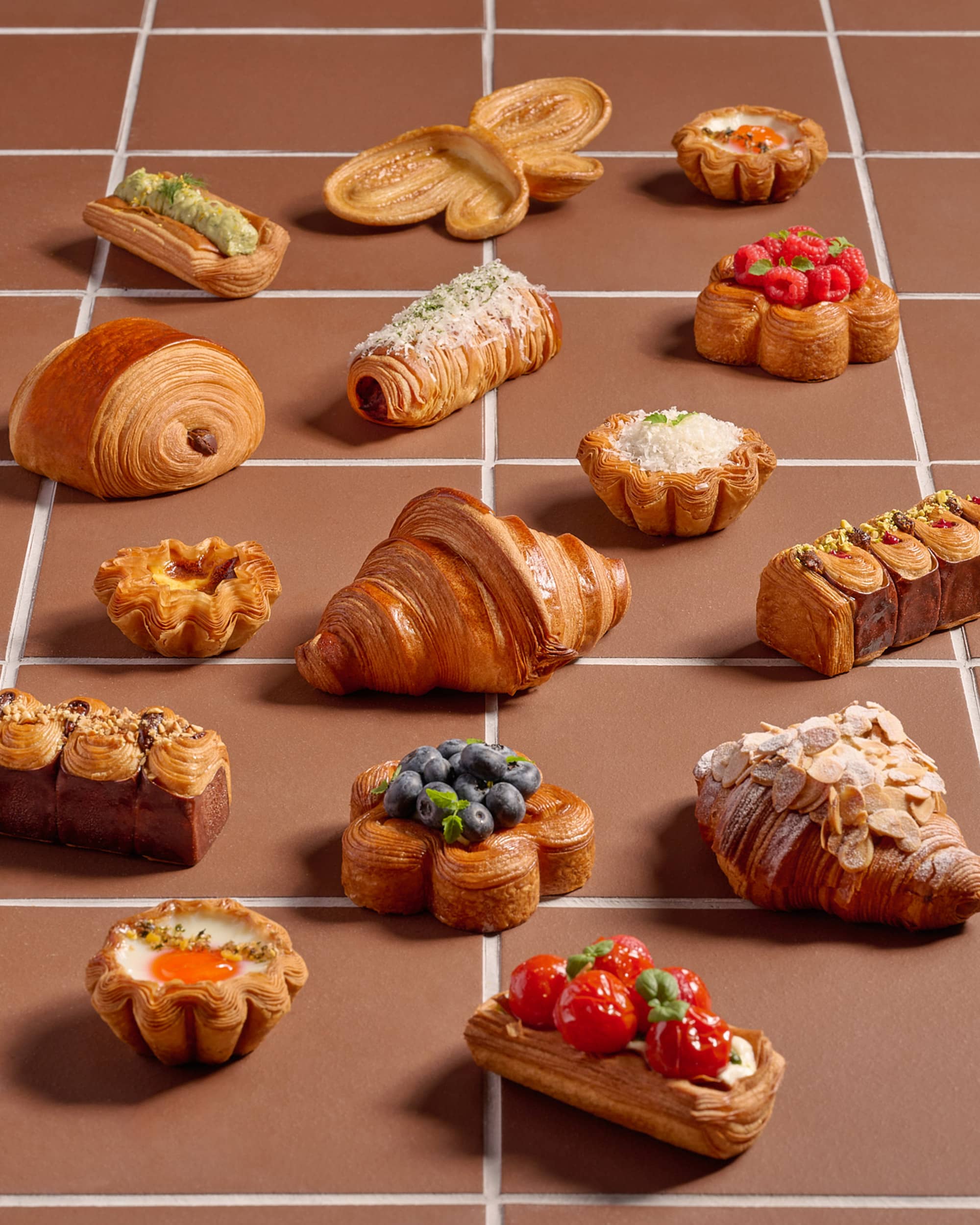Bonjour and Selamat Hari Raya!
Welcome to the joyous season of Hari Raya Aidilfitri, where the delightful aroma of traditional kuih Raya, biskut Raya, chocolates, dates and sparkling juices fill the air! As gift-giving takes center stage during this special time, mouth-watering Hari Raya confections have become the go-to choice of sending love and happiness! More than just treats that satisfy your sweet-tooth, they play a huge role in the tradition of showing appreciation, strengthening bonds, and spreading goodwill. Now that you’re here, step into Lacher's delectable oasis on the internet as we delve into the cultural significance of Hari Raya delights and gift-giving.

The Cultural Significance - What Do Hari Raya Treats Symbolise?
Symbol of Unity
Gifting Raya foods and drinks during Hari Raya is not just about exchanging edibles, but is a meaningful gesture of togetherness. During Hari Raya, friends and family get together to patch up any differences, strengthen bonds, and celebrate! And sharing food is a way they break down barriers and create an atmosphere of warmth and hospitality. It's a reminder that we're not alone in our happiness - we're part of a bigger community.
Nourish the body, nourish the soul
It stems from the concept of ‘berkat’ - this cool thing in Malay culture where blessings or good fortune can be shared with others, like spreading positive energy. And one way our fellow Malay friends share "berkat" is through food and drinks! Gifting Raya delectables to loved ones and offering kuih-muih to guests is a way of sharing and appreciating blessings. And let's be honest, it's always more fun to eat and drink with others than by yourself!
Cultural Heritage
Traditional Hari Raya food and desserts is an integral part of Malay culture and tradition. Preparing and sharing these snacks during the festive season is an age-old tradition that has been passed down from generation to generation and is therefore, a seriously delicious way to preserve the past. The techniques used to make these treats are often unique to specific regions or families; So, when you're digging into a sweet treat or savory snack during Hari Raya, you're also taking a bite out of Malay cultural identity. How cool is that?!
Passing down the sweetness - tasty examples!
-
Kuih Bahulu
Small sponge cakes that take a liking to French madeleines. -
Kuih Makmur
Crumbly and buttery with a sweet and nutty filling often made from ground peanuts and gula melaka -
Kuih Bangkit
Delicate cookies with a melt-in-your-mouth texture and a subtle coconut flavour, dusted with a light coating of icing sugar. -
Kuih Lapis
Multi-layered cake with a soft and chewy texture and a slightly sweet and coconutty taste.
Spiritual Significance
Kuih and biskut Raya are often prepared during the month of Ramadan while awaiting Hari Raya to arrive. As Ramadan is a time of fasting, the act of preparing these treats is seen as an act of devotion to God - it shows discipline, patience, and self-control. And when Syawal arrives, it's time to celebrate the end of the month-long fast with a scrumptious Hari Raya feast - they represent the end of the fasting period and also serve as a reward for the dedication and self-restraint throughout Ramadan.

Savour every bite while soaking up the love!
With delicious kudapan Raya, traditional Raya dishes and feel-good Raya desserts, Raya is a time for joy, celebration, and togetherness. The gifting of Hari Raya gift boxes and food hampers adds to the festivity and serves as a reminder of the importance of generosity, gratitude, and community during this auspicious occasion. Whether you're celebrating with family and friends or enjoying the treats on your own, Hari Raya is a time to embrace the vibrancy and beauty of the occasion in the harmonious presence of your loved ones.
*Explore 2023 French-Inspired Hari Raya Cookies and Cake Gift Sets




